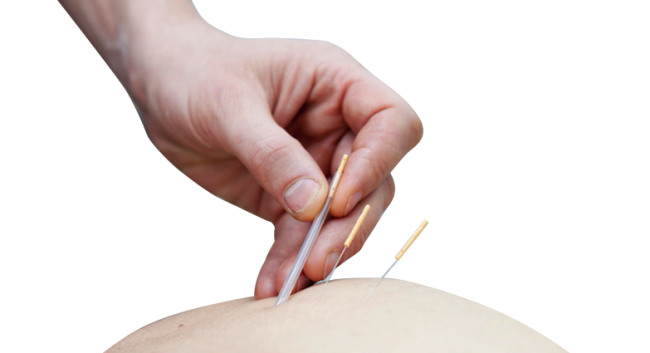Technique Spotlight: Dry Needling
Published on
16 Mar 2017

Call us on: (03) 9975 4133
At Pure Physio we accommodate for your unique needs with a range of diverse treatment options. This week, Martina Krakic takes us through why you should consider myofascial dry needling.
Dry needling is often used as a form of trigger point therapy, and is an effective way of alleviating soft tissue tension in the presence of sensitivity.
Its various benefits make the technique a good option for many conditions, but the way it works is not often understood – we hope to provide insight into its purpose and goals during treatment.
What is Myofascial Dry Needling?
Dry needling is a treatment technique in which a thin filament needle is inserted directly into a trigger point within a muscle. This is aimed at releasing tight muscles with the goal of permanently reducing muscle pain and dysfunction.
Trigger points are localised areas of muscles that have become tightened. This results in tenderness of the muscle and affects the way the muscle functions, as it is unable to lengthen and contract like a healthy muscle.
Acupuncture vs. Dry Needling
Many people think of acupuncture when dry needling is mentioned, and while the same type of needles are used for both, the two treatments employ different techniques.
Acupuncture is based on the Traditional Chinese Medicine Theory, where needles are inserted along ‘meridian lines’ to affect energy flow.
Dry needling is based on western medicine and utilises our knowledge of anatomy, physiology and scientific research. The primary focus is to needle muscles, joints and ligaments which harbor trigger points and/or pain.
When the needle is inserted into the muscle, it stimulates a local flow of blood, which promotes healing. It helps block the neural pathway that causes pain – and the body’s natural pain killers are released to inhibit the pain and inflammatory cycle.
The tiny needle induces injury signals that the brain uses to initiate a sequence of events. This sequence sends a message to replace or repair the damaged tissue with new, healthy tissue. Needling in a painful ‘trigger point’ or muscular knot frequently provokes a ‘twitch’ response from the muscle that promotes repair.
The Benefits of Dry Needling
The primary goals of dry needling are to desensitise nerves, restore motion and function, and induce a healing response within the damaged tissue.
Dry needling can relieve a range of musculoskeletal problems through the insertion of needles into taut and contracted muscles, or trigger points, with the aim of restoring their proper functions.
It is suitable for conditions such as back and neck pain, sporting injuries, and discomfort caused by poor posture.
Dry needling can relieve pain and provide treatment for a variety of conditions including:
- Sciatica
- Carpal Tunnel Syndrome
- Sprains
- Plantar fasciitis
- Tendonitis
- Muscle strains
- Headaches
- Ligament injuries
- Joint pain
- Bursitis
- Repetitive Strain Injury
We’re Here to Help
Dry needling is often used in conjunction with a range of other hands on treatments to better facilitate your recovery.
If you’re looking into trying dry needling to supplement your treatment, or interested in further information on this technique – don’t hesitate to get in touch with our friendly staff today.


